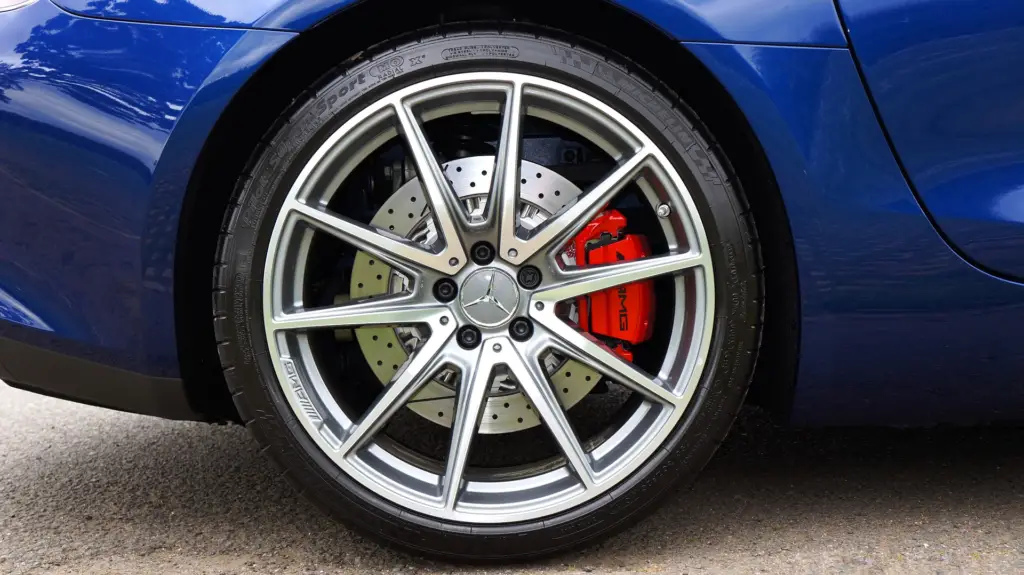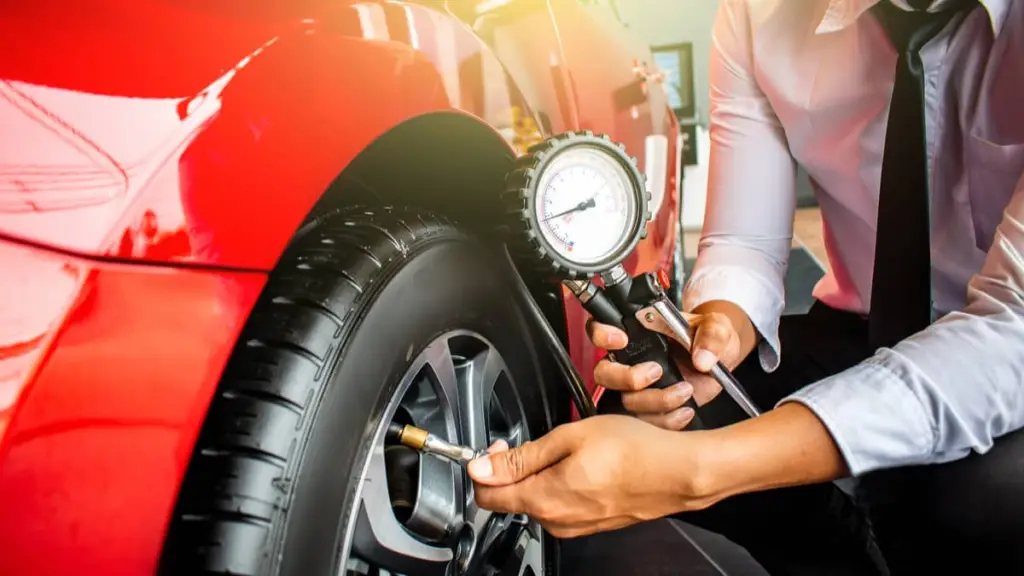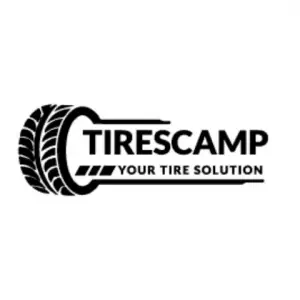Bought a race car? Well, congratulations to you. But keep in mind that you need a low-profile tire for this.
So, what is the low profile tires air pressure for your car?
The recommended tire pressure range for low-profile tires is 26 to 42 psi. However, keep in mind the range varies strictly by manufacturer and the size of the tire. Even within the same size, you will find a disparity in tire pressure. So, always check the tire manufacturer’s guide to know the pressure. However, you should always be fine within 26 to 42 psi.
Keeping this in mind, it is important you know everything about air pressure in low-profile tires. To get a clearer idea, let’s get started.
What’s The Recommended Tire Pressure for Low Profile Tires?

For low-profile tires, keep the tire pressure to 26 to 42 PSI. But it is highly suggested that you stick to the manufacturer’s recommendation while inflating tires.
Although the highest is 42 psi, normally users have advised to keep the pressure range to 35 or 36 psi. The car’s recommended PSI takes into account factors like weight distribution, suspension, and handling characteristics.
The maximum PSI listed on the side of the tire is not the recommended pressure for your vehicle. It is the maximum pressure that the tire can handle. And exceeding it can lead to decreased traction, uneven wear, and a harsher ride.
Low Profile Tires Air Pressure Chart:
The following chart should make it clear to you the tire pressure for different sizes of low-profile tires.
| Tire Size | Tire Pressure (psi) |
| 225/40R18 | 35 – 40 |
| 235/35R19 | 26 – 42 |
| 245/35R20 | 34 – 36 |
| 255/35R20 | 34 – 36 |
So, from the chart, you can see the normal range of pressure for different tire sizes. This is not the entire list because there are just so many sizes. But this is to give you a hint of the pressure range.
If you are not comfortable with psi, you can easily convert it to bar. Stick to this range and the manufacturer’s recommendation. But a curious driver might want to experiment and think of the following two questions.
Can I Go for Higher PSI for Low Profile Tires?
No, it’s not recommended to go for higher PSI for low-profile tires. If the tires are overinflated, they will wear unevenly, ride poorly, and possibly blow out.
Increasing tire pressure for low-profile tires may seem logical due to their shorter tread-to-rim distance. But, it is essential to consider the manufacturer’s guidelines and the specific vehicle in question.
Factors such as load capacity, driving conditions, and weather should also be taken into account when setting tire pressure. As a general rule, start with the stock-recommended tire pressure. Then make slight adjustments by a few psi to help achieve the ideal tire pressure for low-profile tires.
Can I Go for Lower PSI for Low Profile Tires?
No, you can not go lower than recommended pressure for low-profile tires. While reducing air pressure can enhance traction on off-road surfaces like mud, or snow, it’s crucial to be cautious.
Excessively low tire pressure can lead to tire and rim damage, compromising vehicle handling and stability. You can find the recommended cold tire inflation pressure inside the driver’s side door or in the owner’s manual.
Ignoring low tire pressure can result in handling issues, decreased fuel economy, and accelerated tire wear. Under-inflated tires experience excessive sidewall flex during cornering and braking, reducing stability and grip.
This can lead to imprecise steering and delayed braking response. All of these are potential dangers in emergency situations when swift maneuvers are required to avoid accidents.
Why Is the Air Pressure High for Low Profile Tires?
Normally, low-profile tires need to have around 3 psi pressure higher than standard tires. This is because of the difference in the construction of these tires.
Low-profile tires, with their shorter sidewalls and wider tread width, offer improved handling and aesthetics. However, due to the reduced distance between the tread and rim, these tires necessitate higher air pressure.
Compared to standard tires, low-profile tires generate similar friction and heat, but in a smaller space, requiring higher pressures. Consequently, maintaining proper shape and supporting the vehicle necessitates higher air pressure in low-profile tires.
When inflating a tire, the air molecules inside become compressed. This generates a force that supports the vehicle’s weight and preserves the tire’s shape. This force directly correlates with the tire’s air pressure.
How to Inflate The Low-Profile Tire?

Inflating low-profile tires is the same as inflating standard tires. Here’s how you inflate the low-profile tire.
- Grab the air hose and open the valve stem cap.
- Put the hose in the tire and let the airflow.
- Stop in between the inflation process and use the tire pressure gauge to check the tire pressure.
- If the low-profile tire pressure matches then remove the hose and screw back the valve caps.
This is a good visual source to help you with tire inflation process.
However, there are things to consider while inflating the low-profile tire.
- Check the air pressure from the air hose
- Check if the tire valve stem is malfunctioning or not
- Check if the tire valve stem is blocking the air transfer
- Finally, watch out for any leaks in the tire. Even patched tires are not immune from leaks.
Frequently Asked Questions (FAQs):
Are Low Profile Tires More Prone to Leaking Air?
Yes, low-profile tires have a higher probability to leak air. This is because of their thinner sidewalls which makes them susceptible. But just remember that to prevent air leaks it is important to regularly check the tire pressure. Always check for visible signs of damage in the tire.
How Accurate Is A Tire Pressure Gauge for Low Profile Tires?
The Tire Pressure Gauge is accurate for low-profile tires. You can use analog, digital, and diag gauges to check the tire pressure. This practice is crucial to uphold correct tire pressure. Utilizing a tire pressure gauge allows precise measurement of air pressure in your low-profile tires.
Is It Possible to Adjust Low-Profile Tires for Better Traction?
Yes, it is possible to adjust low-profile tires for better traction. Adjusting tire pressure can impact performance. Lowering it improves off-road traction. However, avoid excessive reduction to prevent tire and rim damage. Increase pressure to enhance handling and stability, but do not overinflate.
Conclusion
In conclusion, maintaining low-profile tire air pressure is crucial for optimal performance and safety.
By diligently monitoring and adjusting the air pressure, you can enhance traction, fuel efficiency, and tire longevity. Prioritize regular checks to ensure your low-profile tires perform at their peak with the right air pressure.
